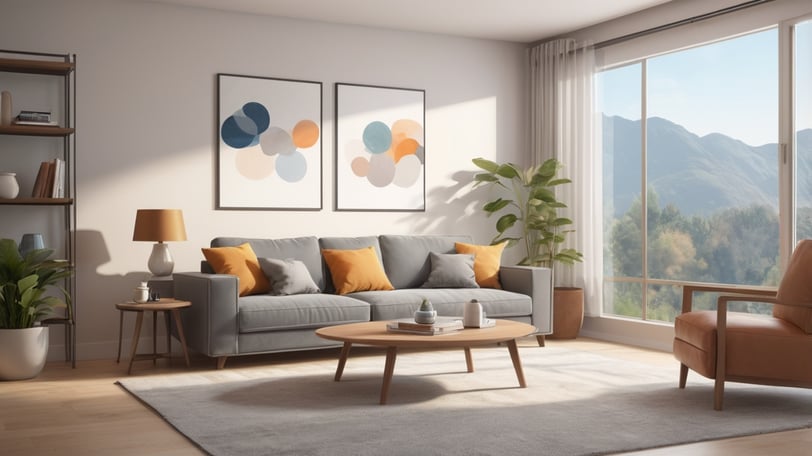How to Pick the Right Air Purifier for Home and Office
HEPA Filter and Sleep Mode
WORKPLACE BASICS
12/2/2024


Choosing the right air purifier can significantly impact the air quality in your home or office, enhancing your health and comfort. With various models and features available, it's essential to understand what to look for to make an informed decision. Here’s a guide to help you select the best air purifier for your needs.
1. Understand Your Air Quality Needs
Different environments have unique air quality concerns. Identifying these is the first step:
Home: Common issues include dust, pet dander, mold, and odors. For those with allergies or asthma, a purifier with HEPA filters is essential.
Office: Offices often contend with VOCs (volatile organic compounds) from office supplies and equipment, as well as general dust and germs. Consider purifiers that also address chemical pollutants and bacteria.
2. Assess Room Size and Coverage
Air purifiers come with specific coverage areas. Measure the room’s square footage and choose a purifier designed for that size:
Small Rooms: Look for compact models designed for bedrooms or personal spaces.
Large Spaces: For open-plan offices or living rooms, opt for purifiers with high CADR (Clean Air Delivery Rate) ratings to ensure efficiency.
👉 Direct Purchase LEVOIT (3-in-1 Filter with HEPA Sleep Mode + Up to 1095 Ft² in 1 Hr) on Amazon.
👉 Direct Purchase LEVOIT (HEPA Filters + Up to 1800 Ft² in 1 Hr + Washable Pre-Filter) on Amazon.
3. Filter Types and Technologies
Filters determine what kind of pollutants the air purifier can remove. Common types include:
HEPA Filters: Capture 99.97% of particles as small as 0.3 microns, ideal for allergens.
Activated Carbon Filters: Remove odors and chemical pollutants.
UV-C Light: Kills bacteria and viruses, suitable for health-conscious environments.
Ionic Purifiers: Trap particles using charged ions, though they may produce ozone.
Consider combination models for comprehensive filtration.
👉 Direct Purchase InvisiClean (HEPA Filters + UV Light) on Amazon.
4. Noise Levels
An air purifier should not disrupt your daily activities or sleep. Check the decibel rating:
Home Use: Look for purifiers with a quiet or sleep mode.
Office Use: Choose low-noise models to maintain productivity.
5. Energy Efficiency
Since air purifiers often run continuously, energy efficiency is crucial to minimize electricity costs. Look for models with the ENERGY STAR certification.
6. Maintenance and Operating Costs
Regular filter replacement is necessary for optimal performance. Before purchasing, consider:
Filter Lifespan: How often do filters need replacement?
Replacement Costs: Are the filters affordable and readily available?
7. Smart Features
Modern air purifiers often include advanced features:
Air Quality Sensors: Monitor and display real-time air quality.
Smart Controls: Enable operation via apps or voice commands.
Auto Mode: Adjusts settings based on air quality levels.
These features are particularly useful for offices or tech-savvy users.
👉 Direct Purchase Coway (HEPA Purifier with Air Quality Monitoring, Auto, Timer, Filter Indicator) on Amazon.
8. Aesthetic and Design
An air purifier should blend seamlessly into your space. Consider:
Home: Choose designs that match your décor.
Office: Sleek, unobtrusive models work best in professional environments.
9. Budget
Prices vary widely, from budget-friendly models to premium options. Define your budget and prioritize features that address your primary air quality concerns.
Final Thoughts
Some models with HEPA support and longer-lasting filters are the best option for us because they ensure better air quality over an extended period, reducing maintenance needs and replacement costs.
Whether for home or office, the right air purifier can make a significant difference in your indoor environment. By evaluating your specific needs, room size, filter types, and other essential factors, you’ll be well-equipped to choose a model that promotes better health and comfort for everyone who shares the space.
EntrepreneurNook
Combine minds, ignite ideas.
Contact
© 2024. All rights reserved.
